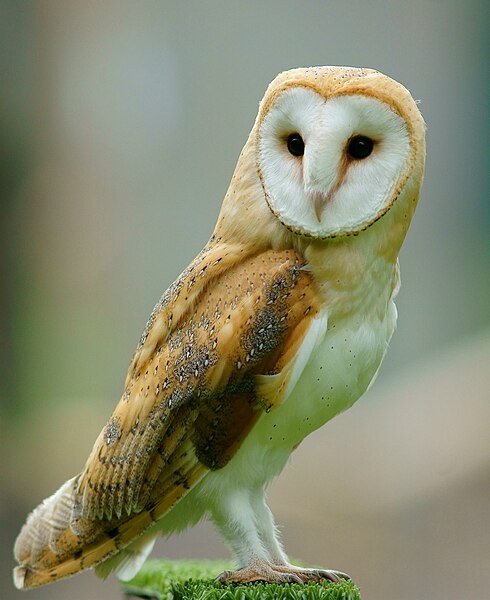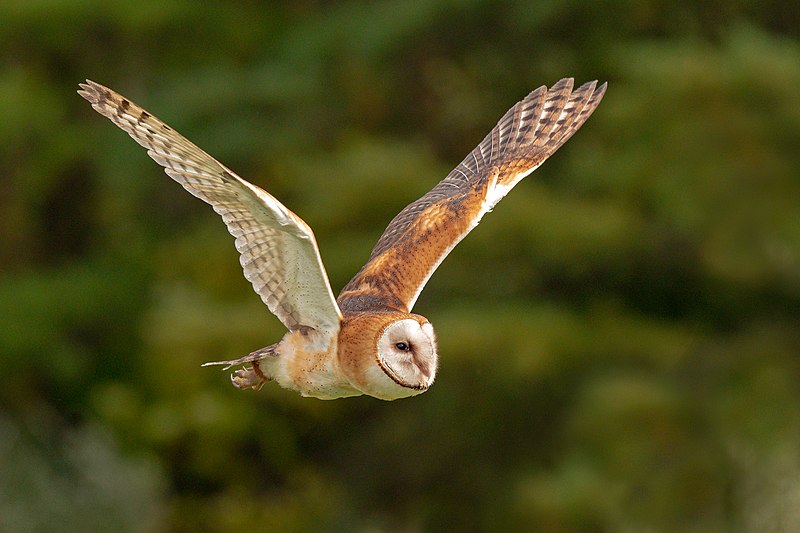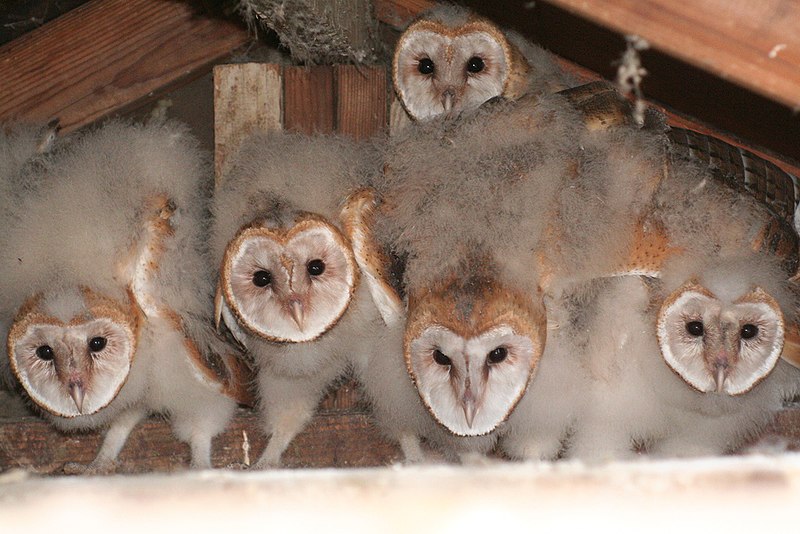With its charming heart-shaped face and graceful plumage, the barn owl (Tyto alba)’s haunting nocturnal cry can be heard through the British night as it preys upon small mammals such as mice, shrews and voles.
As the iconic apex predator maintains control over these small mammal populations, they have become farmers’ friends as natural pest controllers. Centuries of good-will have given rise to barn owls being a most welcome sight and praised through folklore and art.
A single barn owl family (usually three- twelve individuals) can consume thousands of rodents a year not only providing significant economic benefits to farmers, but improving habitats such as grasslands, marshes and fields.
An overpopulation of rodents brings a plethora of problems for surrounding plants and beasts. They feast on small birds and their eggs; seedlings which inhibit the proliferation of flora; and act as conduits of diseases. This hinders agricultural production and increases health risks to animals, plants and humans.
The health of barn owl populations therefore reflects the broader health of their surrounding ecosystems, as they are sensitive to changes in land use and environmental quality. Conservation efforts aimed at protecting barn owls often result in broader environmental benefits, such as the preservation of hedgerows and field margins that support a variety of other wildlife species.
Barn owls hold a prominent place in the cultural fabric of the British Isles. Their ethereal appearance and nocturnal habits have inspired numerous myths, legends, and superstitions. Among the celts, owls were considered to possess wisdom and were believed to be guardians of the underworld, associated with the afterlife and transformation.
In English folklore, the barn owl was often seen as a harbinger of change, both good and ill. Their eerie calls in the night led to their association with ghosts and spirits. However, they were also seen as symbols of protection, believed to keep away evil spirits from farms and villages.
In his plays William Shakespeare often referenced the “obscure bird” and their likeness has appeared in countless artforms. Famously in more recent history, J.K. Rowling’s Harry Potter series further cemented the barn owl’s place in popular culture with the character Hedwig.
Historically, barn owls have been closely associated with pre-modern human settlements and agricultural livelihoods. Their name itself derives from their tendency to nest in barns, churches, and other man-made typically rural structures.
The 20th century brought significant changes that impacted barn owl populations. The intensification of agriculture, the loss of hedgerows, the use of pesticides, and changes in building practices led to a decline in suitable nesting and hunting habitats, as well as prey availability. By the mid-20th century, barn owl numbers had decreased dramatically. Around 1900, barn owls were a common sight, with populations believed to be healthy and stable, numbering in the tens of thousands of breeding pairs. By 1980, this number had decreased to approximately 4,000.
In recent decades, British organisations as well as the public have achieved extraordinary levels of success in stabilising and even drastically increasing barn owl populations across the British Isles. Organisations such as the Barn Owl Trust have been instrumental in these efforts, promoting habitat restoration, providing nest boxes, and raising public awareness. Their numbers are believed to be nine to twelve thousand breeding pairs and steadily growing.
One of the key strategies in barn owl conservation has been the installation of nest boxes. Though a simple solution, they provide safe nesting sites in areas where natural sites are scarce. These boxes have been placed in barns, throughout woodlands, and in other suitable locations such as high buildings, helping to support breeding pairs and increase fledgling survival rates.
The story of the barn owl is an inspiring case of how small groups of dedicated conservationists and communities, with a little ingenuity and effort, can have extraordinarily positive effects on one species. However, the future of barn owls in the British Isles still depends on continued conservation efforts and sustainable land management practices.
As climate change and habitat loss pose ongoing threats, it is essential to maintain and expand initiatives that support barn owl populations and the ecosystems they inhabit.
The barn owl is more than just a striking bird of prey; it is a symbol of ecological balance, cultural heritage, and historical significance in the British Isles. Protecting and preserving this species is about serving our duty to nature and the cultural history that defines our region.

Barn Owl at the British Wildlife Centre 2011,Peter Trimming

Barn Owl in flight 2018Peter Burian

Baby Barn Owls moulting
